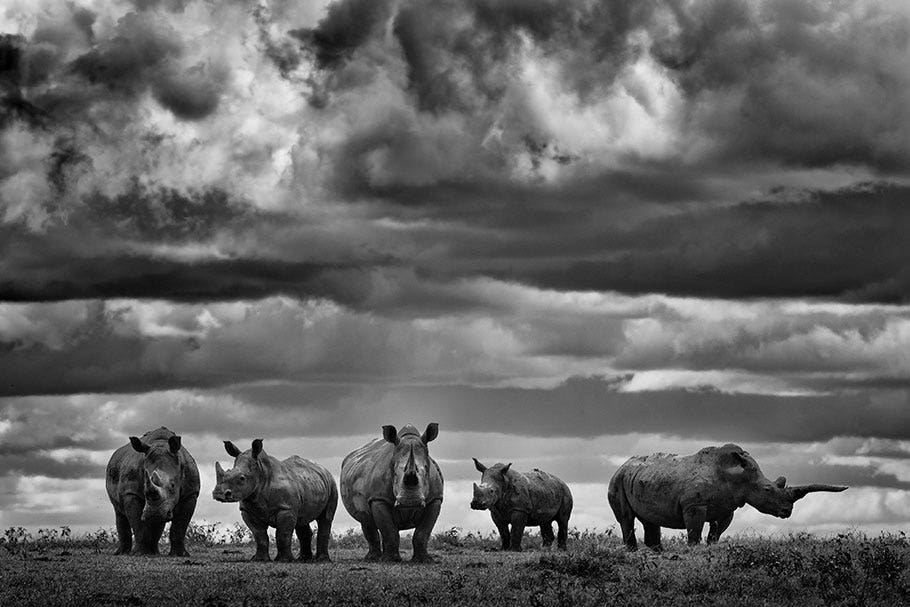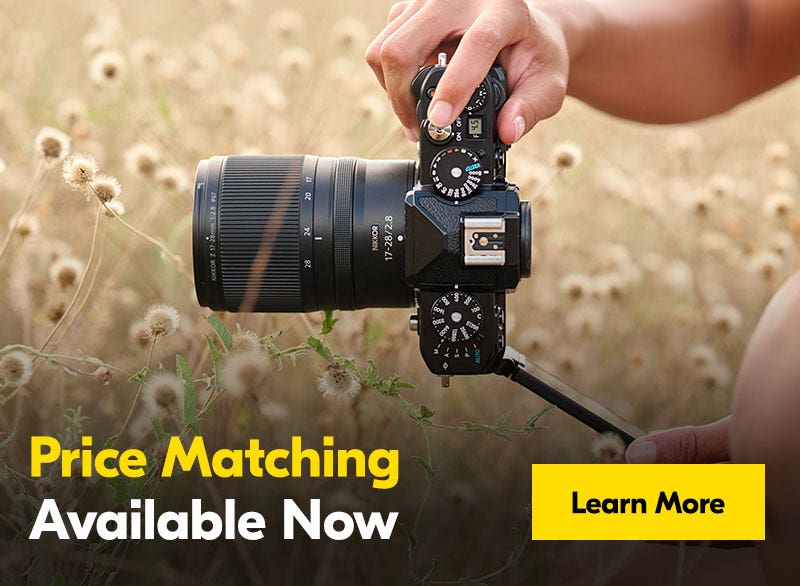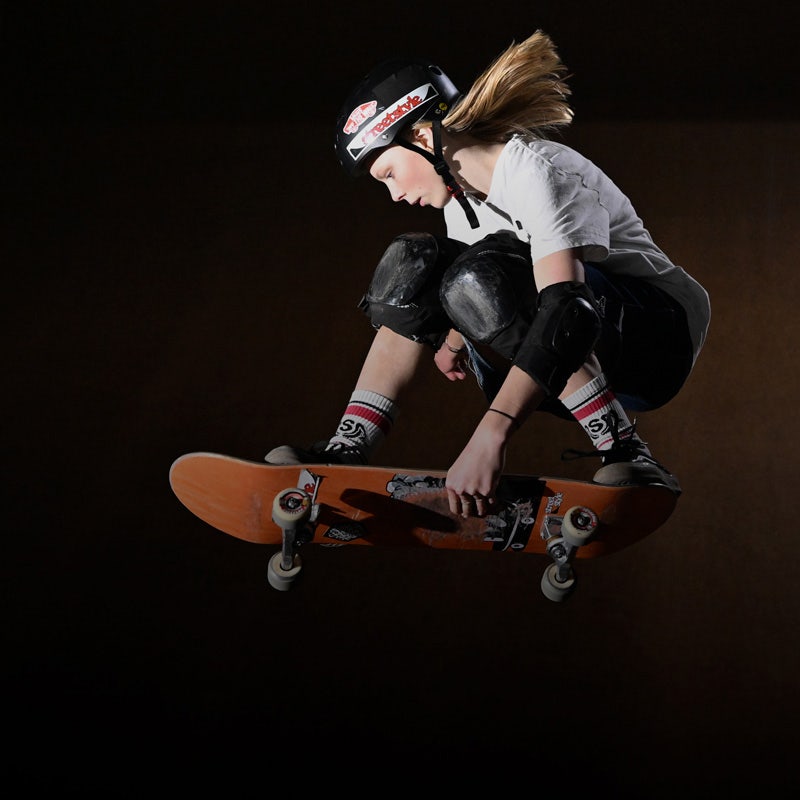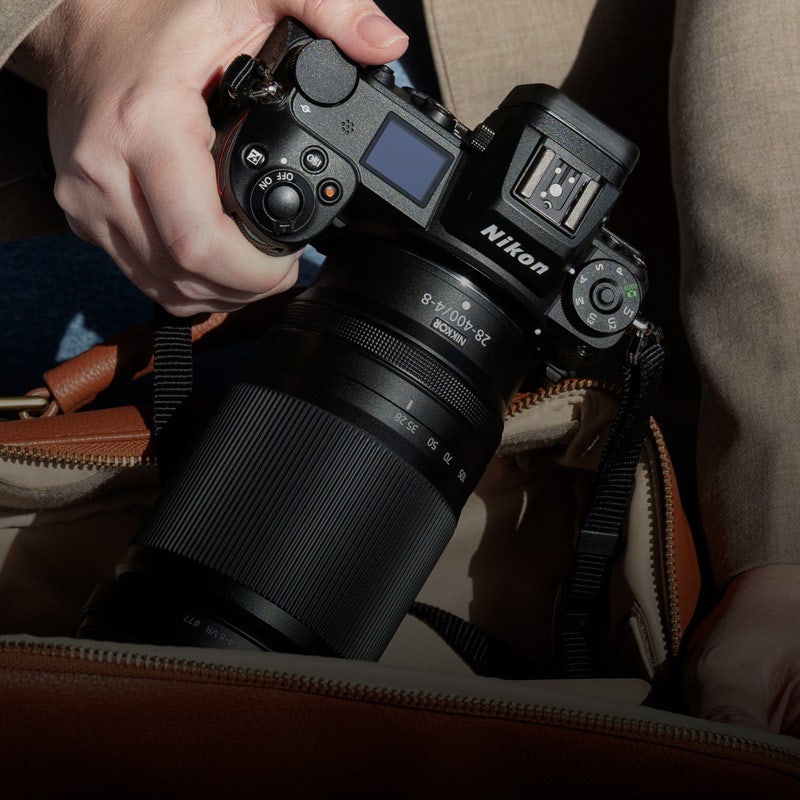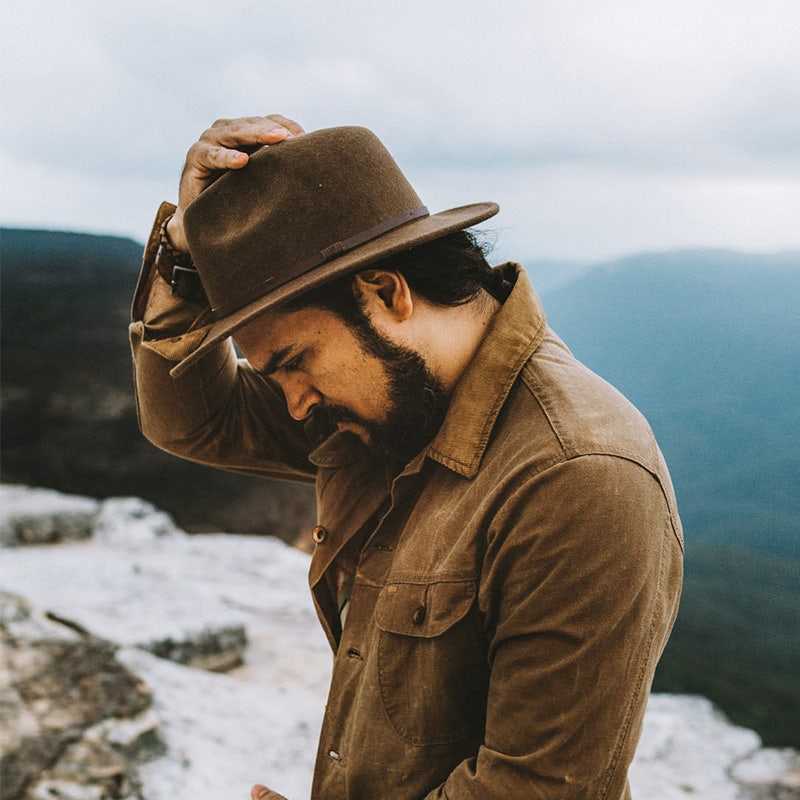Wildlife Photography: A Quickstart Guide for World Photography Day
Shannon Wild reaches creative peaks where the wild things are. And you can too.
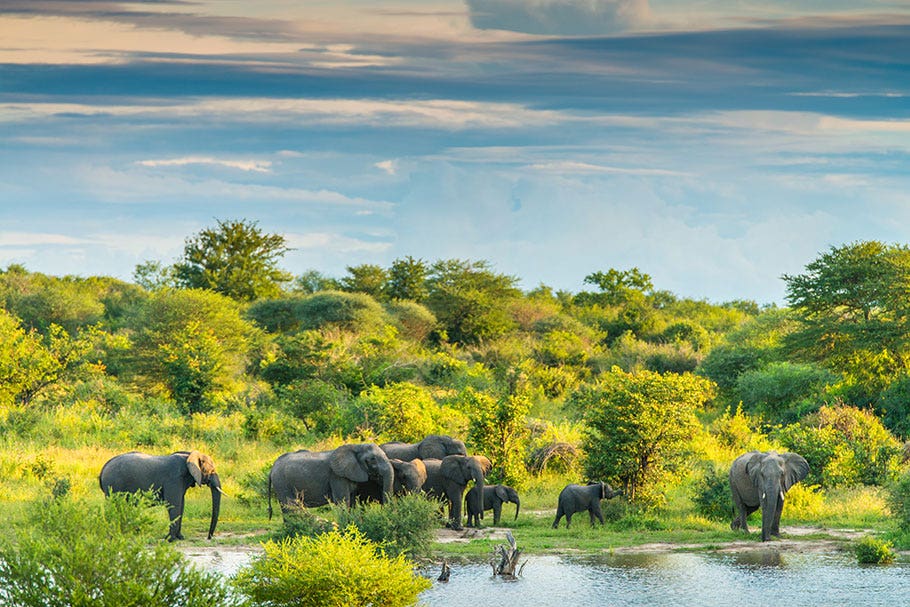

Endeavouring into the world of photography, whether as a hobby or a profession, is one thing. Finding your authentic place within it is another. Sure, many end up Jacks and Jills of all disciplines, but in most cases a photographer will experiment in lieu of developing a passion for one in particular.
With that delicate dance in mind, we’re celebrating World Photography Day with a trio of discipline-specific deep dives with as many masters of their craft.
Hyper-specialised photographer Shannon Wild always seemed destined to thrive amongst the animals, and not just because of her surname. Over the past 18 years, she has worked on multiple fronts to raise the profile and protect the livelihoods of creatures the world over. Her long list of satisfied clients includes National Geographic, NatGeo Wild, the United Nations, as well as non-profits such as Wild Tomorrow Fund, Wildaid and The Perfect World Foundation. She is a published author, a prominent conversationalist and an accomplished international speaker.
Such a storied biography takes on additional meaning when you catch a glimpse of Shannon’s images. Her ability to capture the animal kingdom with such grace is an inspiration to photographers and non-photographers alike. Her images seem to tame the animal, while simultaneously setting them free. Here is an overview of how she achieves such a feat.
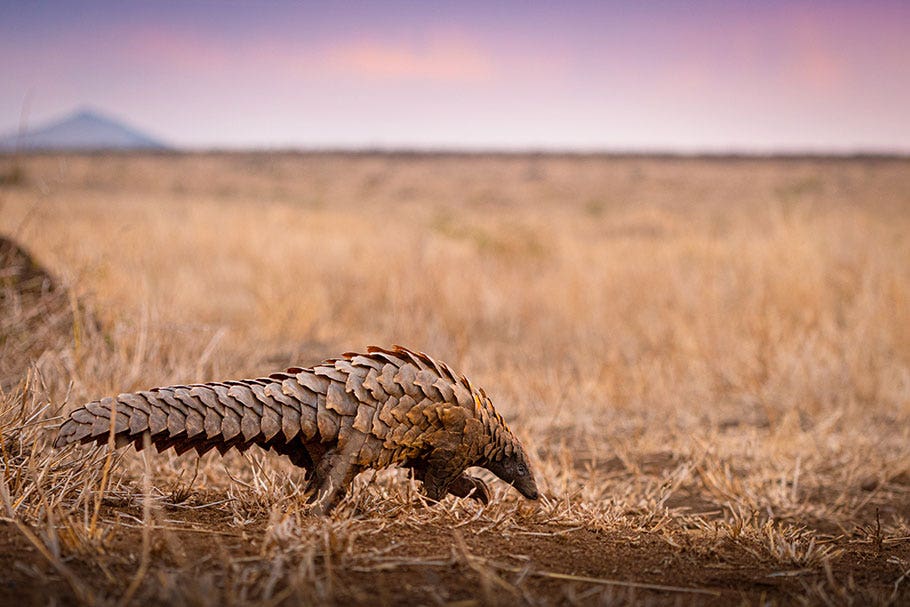

What does wildlife photography mean to you?
To me, wildlife photography is everything. It’s my livelihood and my passion. It’s taken me around the world more times that I can count and provided so much challenge, reward and meaning to my life.
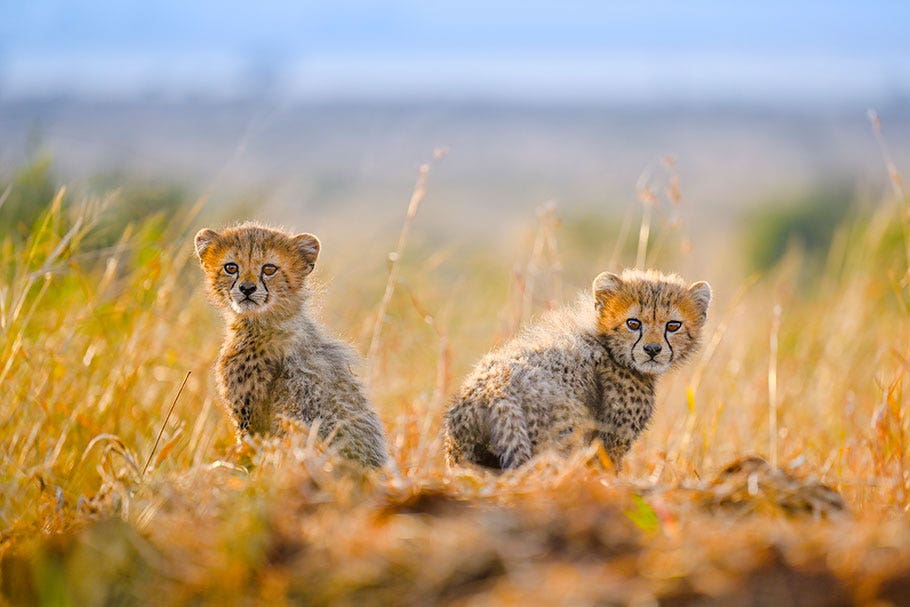

How did you get started in wildlife photography?
My journey into wildlife photography has been long and somewhat convoluted. For as long as I can remember, I’ve been fascinated and passionate about animals. Photography came later, after I started taking photos of my pets. I enjoyed that process so much I started educating myself about the technicalities of photography.
After a few years, while continuing to photograph wildlife as much as possible, I opened a pet photography business. This endeavour was so much fun and an incredible way to develop my skills of photographing moving subjects.
In 2004, after a decade of shooting in Australia, I decided to sell all my belongings and move to South Africa in order to explore wildlife filmmaking. It was the best decision I’ve ever made. The rest, as they say, is history. It’s been an intricate journey of near-death experiences, financial hardship and absolutely incredible adventures!
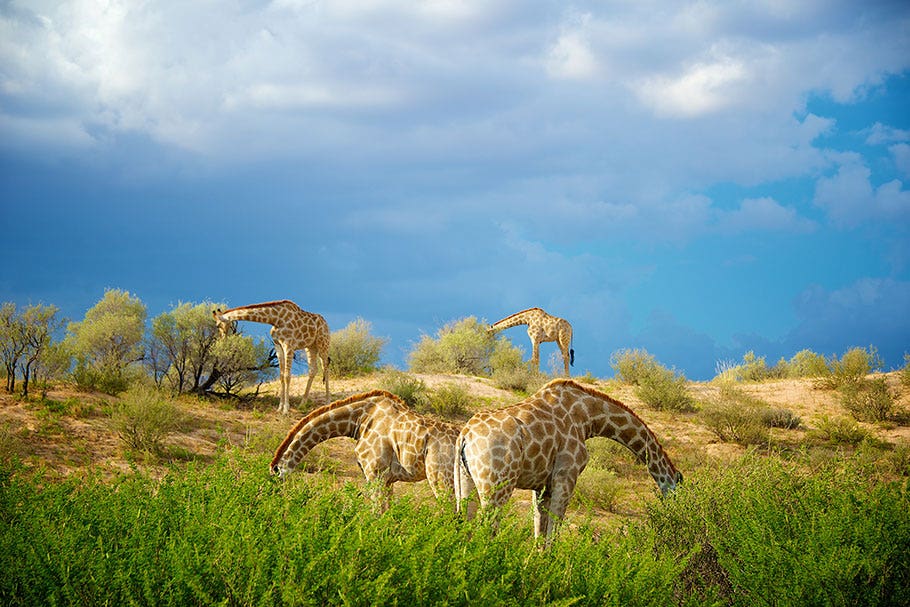

What gear do you need to get started?
In terms of gear, I believe that you can get the best of what you own, and that process of being forced to make do can help push a photographer creatively. But generally, for wildlife photography, it's best to work with a variety of lenses and focal lengths, since you never know what subject you might see, how far away it will be, or its scale. You could see anything from an insect to an elephant, so you want to have the right gear at the ready.
I love working with zoom lenses as they allow me to capture a variety of compositions at different distances, all from the same position. This flexibility is really important, especially if I’m stuck in one spot, or if moving closer would disturb the animal.
Personally, I love fast lenses (like f/2.8 or f/4) because they allow me to shoot shallow and therefore achieve my favourite aesthetic.
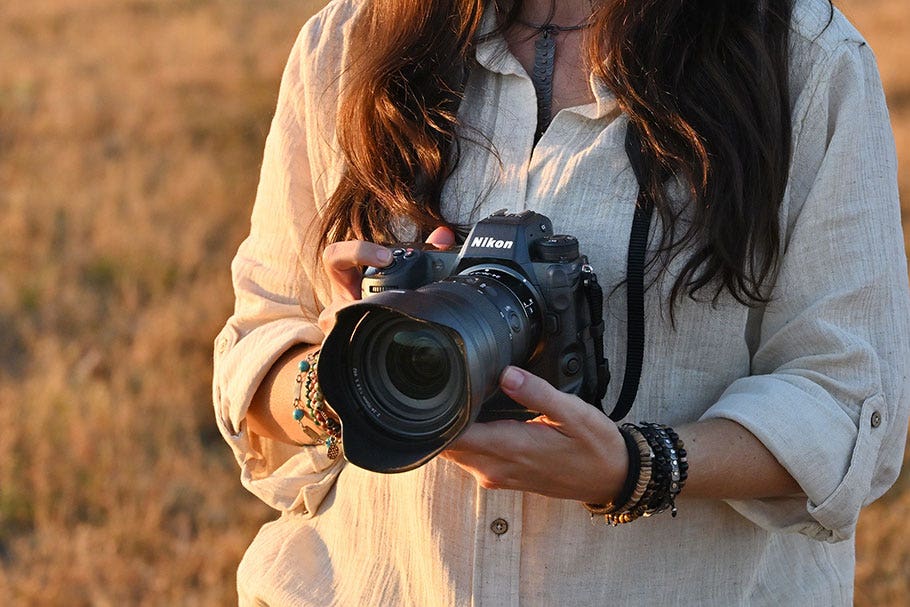

Which settings should you use?
There’s no one-size-fits-all approach to settings, especially in wildlife photography. Your settings are really dependent on both the specific situation and your creative vision. For example, If I’m trying to capture action then I want to prioritise a fast shutter speed, maybe 1/1250, or even faster if the light allows. But in that situation, if the light is too low or I want to be a bit creative, I will play with slower shutter speeds and even combine that setting with movement to create intentional blur.
Ideally, my first priority is the aperture, as it’s the setting that will determine the depth of field and therefore the creative look of the resulting image.
Wildlife photography in 10 tips
Eye Contact
When it comes to wildlife photography, eye contact can transform a good image into a great one by connecting the subject with the viewer on a deeper level.
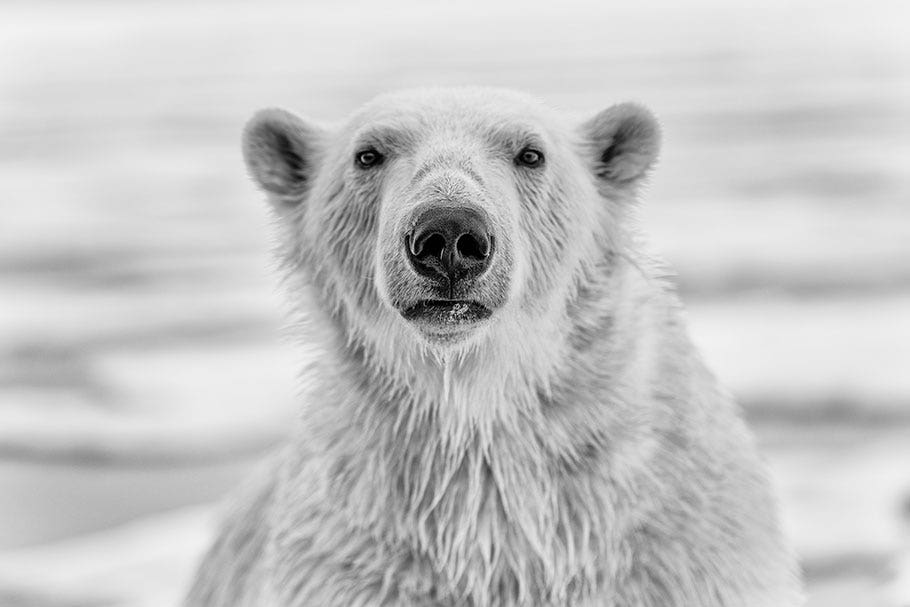

Capture the Action
Capturing wildlife behaviour can result in some of the most rewarding and challenging images you’ll ever take. The higher your shutter speed, the better you’ll be able to capture movement sharply. The middle focus point on your camera is the most accurate, especially in low-contrast or low-light situations.
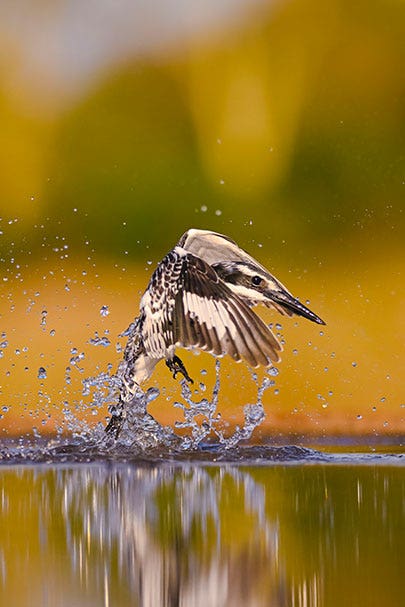

Composition
Composition is important to a strong image. While experimenting with shooting with composition in mind, it can help to shoot slightly wider and play with cropping options after you’ve downloaded your shots. After a while, you'll learn what is pleasing to the eye while looking through the viewfinder.
Speaking of the viewfinder, don’t forget to really ‘look’ at the whole scene when framing through it. Change up your composition, take some wider environmental shots, some closer, more intimate shots and if you have the focal length, also some detail shots. Telephoto lenses can make the action appear much closer. You can still get an intimate shot while letting the animals be themselves. Using a wide-angle lens allows you to create more ‘environmental’-style shots. A great option is using a zoom lens so you have flexibility of composition.
Light
When it comes down to it, photography is all about knowing how to capture light. Early morning and late afternoon provide some of the most gorgeous light to shoot in, and as you become more confident with your gear and understand how aperture, shutter speed and ISO all work together, you’ll learn which settings are best for any given situation. When working in low light, stability is also really important. I often use a beanbag to stabilise my long lens.


Get Lower
If it’s safe to get down to the subject's perspective, it will open up a whole new world to your wildlife photography.
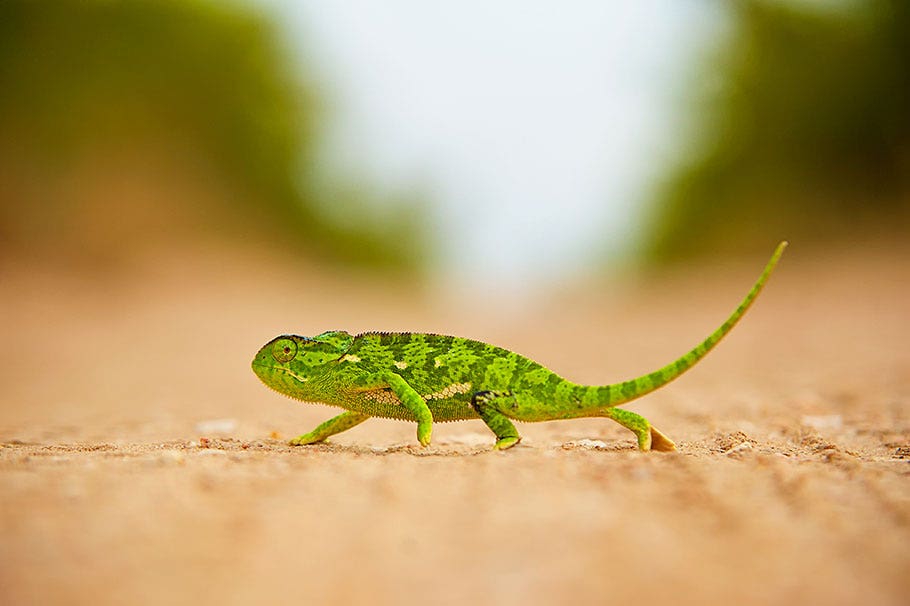

Change Your Perspective
Don’t forget to mix up your perspective, which means moving around if you’re safely able to. Mixing up your perspective is a great source of creative inspiration.
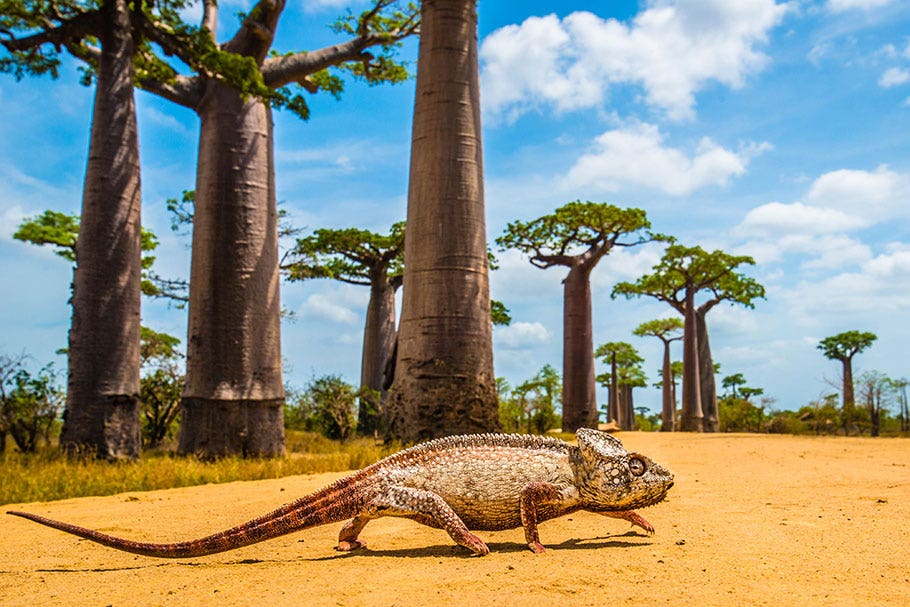

The Details
Not every wildlife image has to be a full body or even portrait. Remember to capture the details!
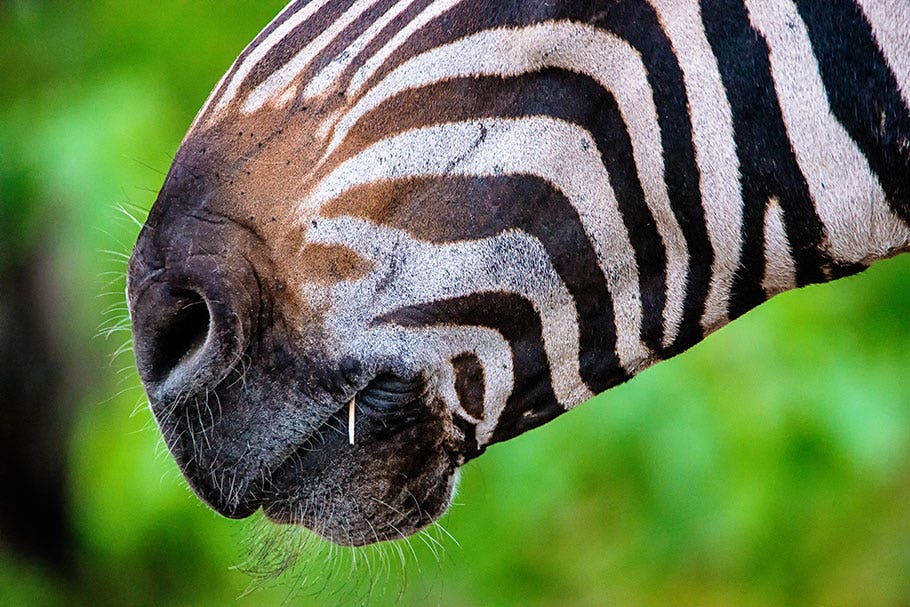

Depth of Field
To separate a subject from the background (and/or foreground for that matter) shoot using a shallow depth of field. To do that you need to take control of your aperture (also known as the f-number) and choose a low number, such as f/1.8, f/2.8, or f/4. I like to shoot ‘shallow’ to create creamy backgrounds, a quality that is known as ‘bokeh’. If you want to make several subjects sharp, then increase your aperture (to around f/5.6 or f/8).
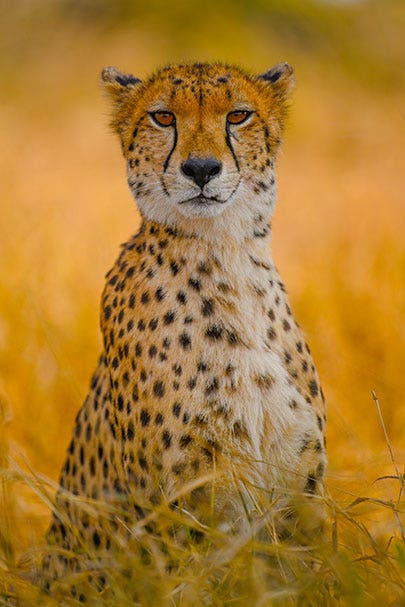

Black and White
Nothing quite rivals the classic beauty of black and white. I absolutely adore the simplicity and detail you can bring out by converting an image to monochrome. I always shoot RAW, so I start with a colour version and will do a black and white conversion later, to taste. I especially love using this technique to bring out skin detail or atmospheric skies.
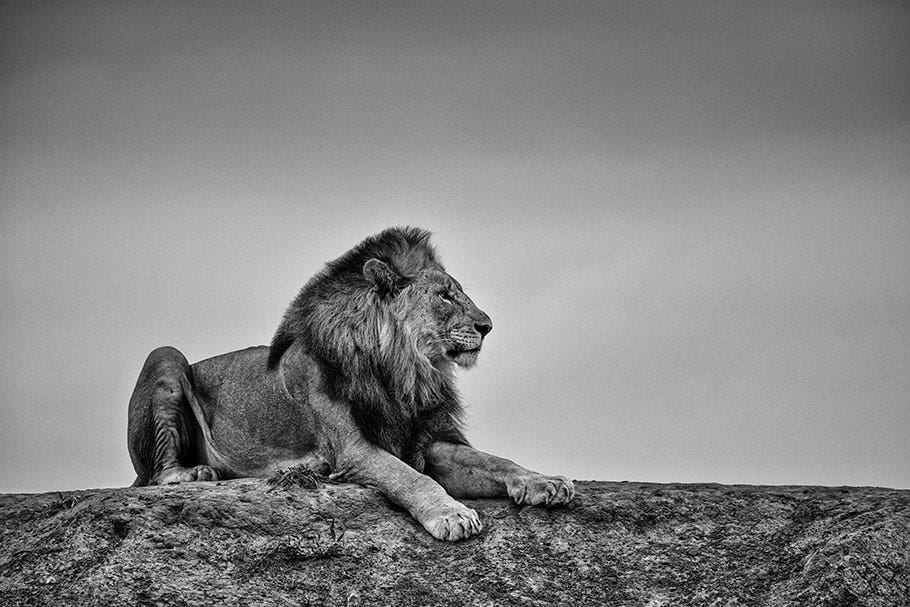

Slow Shutter
Photography is supposed to be fun and creative. Using a slow shutter speed on a moving subject can give you some really interesting results. Not only that, but if your light has faded to where you can no longer take a sharp, steady shot then switch to purposely shooting with a slow shutter and get creative! What have you got to lose?
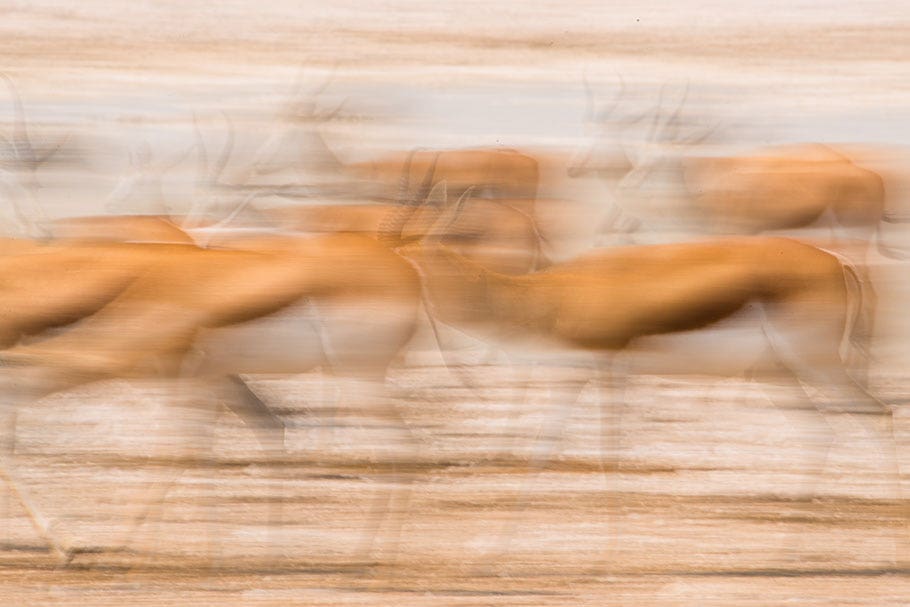

What makes a great wildlife photograph?
To me, a great wildlife photograph is evocative enough to spark an emotional reaction from the viewer, whether that be wonder, curiosity or some other form of connection.
I want the sense of wonder and passion I feel while capturing these images in the moment to be conveyed through my work.
Ideally, I want the technical execution to be at its best, and working in harmony with that emotional quality. To me, that is what makes a truly great and memorable wildlife image.
I always strive to tick both boxes in my work, but the nature of wildlife photography is that it’s unpredictable and challenging. Which actually makes it even better when hard work and technical skills (and a little bit of luck) all come together.
A great example of this harmony can be seen in my image ‘Crash’. I photographed five white rhino in Kenya and made sure to position myself at an angle below the subject in order to see only sky behind them. I waited until the positions of all five weren’t overlapping, and each animal was clearly visible. The sky was absolutely gorgeous and atmospheric with its low, moody clouds.
